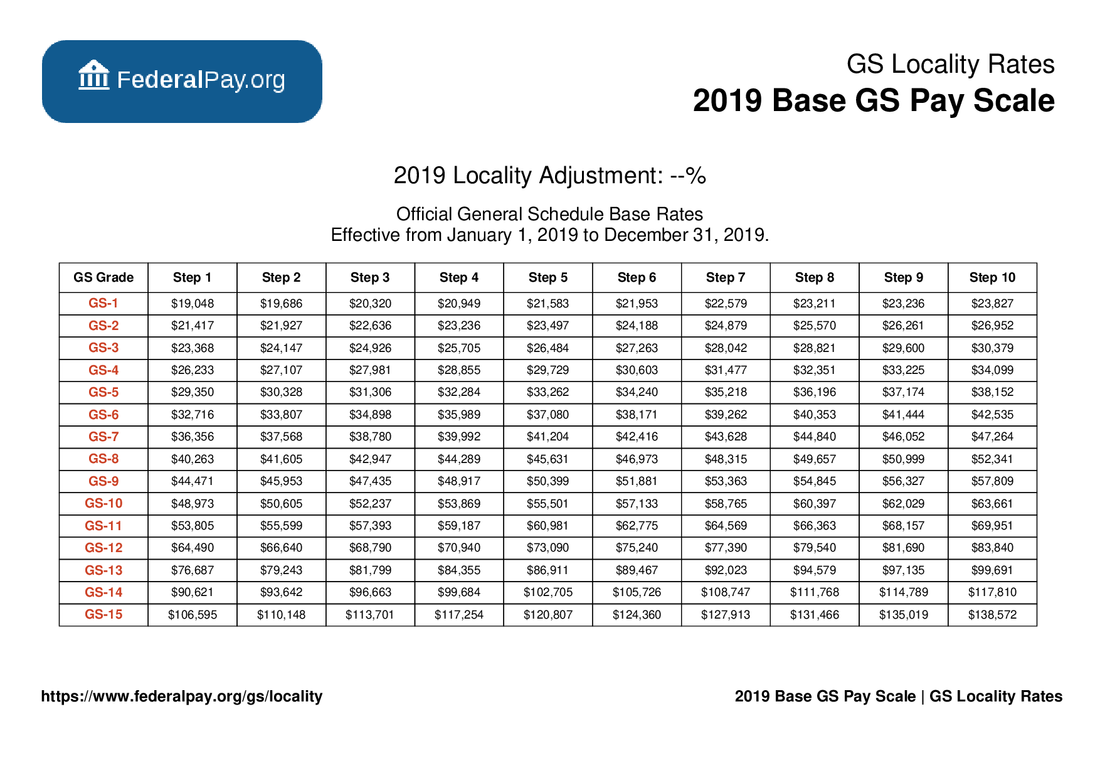Wg 6 Pay Scale – wg 6 pay rate, wg 6 pay scale 2019, wg 6 pay scale 2020, The Federal Wage System (FWS) was created to ensure that the pay of Federal blue-collar workers was up to par with the dominating rates offered by the private sector in each regional wage area.
Prior to the introduction of FWS, no main authority existed for developing wage equity for Federal craft, trade, and laboring employees. President Johnson then purchased the previous Civil Service Commission in 1965 to deal with both labor organizations and Federal agencies to study the various company systems and combine them into a single, simply, and reasonable wage system.

When it came to wage rates, the President asked for common wage policies and practices as well as job-grading standards for guaranteeing interagency equity. He developed 2 basic concepts for those policies and practices:
- The regional prevailing rates would determine how incomes are set
- Equal pay would be used for equivalent work and pay differences according to work distinctions.
The FWS was developed by Congress in 1972, which developed the Federal Prevailing Rate Advisory Committee (FPRAC) that had an independent Chairman. Members of the Committee are labor unions and agencies. FPRAC is responsible for studying all matters relating to identifying prevailing rates and recommending the Director of the Office of Personnel Management (OPM) on appropriate pay policies for the FWS employees.
Setting Wages in Your Area
Labor companies play a key role in determining salaries given that they provide agents at all levels of the wage determination process. The worker unions with the most wage employees under special acknowledgment then designate 2 of the 5 members of the lead agency’s wage committee at the national level.
In your area, the union with the highest variety of workers under special acknowledgment in a wage location designates among the 3 members of each Local Wage Survey Committee. Labor companies likewise nominate half of the Federal employees responsible for collecting wage data from private enterprise employees. A group consisting of 1 labor information collector and 1 management information collector then goes to every surveyed company. Wg 6 Pay Scale
Comparability: Wage System & General Schedule
Your employer, under the FWS, bases your pay on what is being used in the private sector for equivalent levels of operate in the local wage location. Workers are paid the complete existing rate at step 2 of every grade level. The greatest step in the FWS is step 5, which is 12 percent above the current pay rate.
The General Schedule (GS) is a separate pay system that covers most while collar civilian Federal employees. The spend for GS employees is identified by surveys of non-Federal workers (consisting of regional and State governments). There are several differences between FWS and GS when it pertains to geographical protection, occupational coverage, pay modification cycles, and pay varieties. Wg 6 Pay Scale